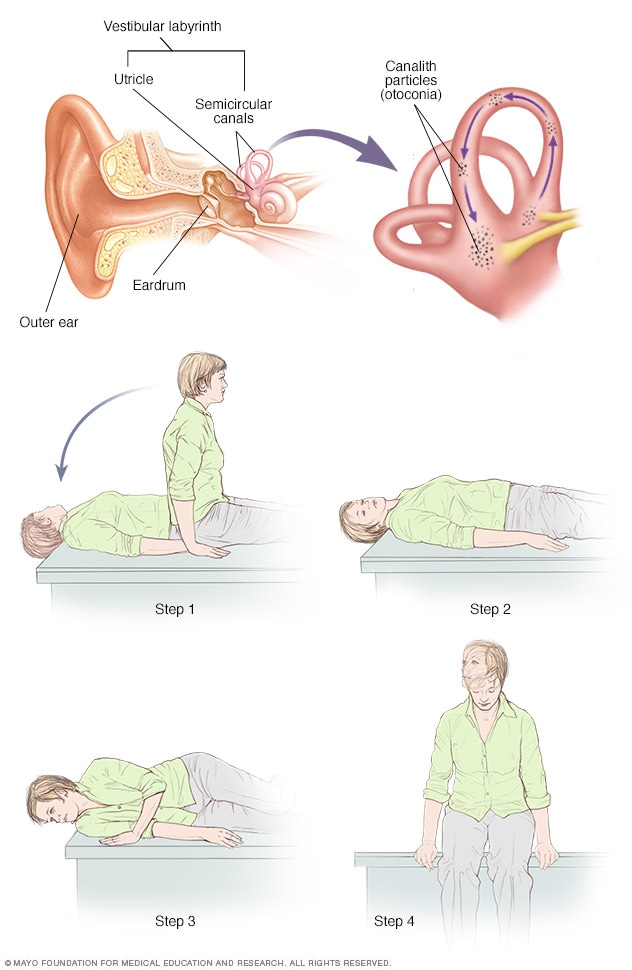"Step-by-Step Success: Mastering the Epley Maneuver Through a Comprehensive PDF Guide"
"Access a comprehensive Epley Maneuver PDF and learn step-by-step techniques for treating BPPV vertigo from a health and medical expert."

The Epley maneuver, also known as the canalith repositioning procedure, is a well-known and widely applied technique used to treat benign paroxysmal positional vertigo (BPPV). BPPV is a condition characterized by sudden episodes of dizziness and a sensation of spinning, usually triggered by certain head movements. It is caused by small crystals of calcium carbonate that clump up in the inner ear canals, causing brief episodes of mild to intense dizziness.
The Epley maneuver, named after Dr. John Epley who developed it in the late 1980s, is a simple series of head movements designed to dislodge these crystals from the sensitive part of the inner ear and move them to a location where they can be reabsorbed without causing symptoms. The technique can be done in a healthcare provider's office or at home with the correct guidance.
Typically, the Epley maneuver involves the patient sitting upright with their head turned 45 degrees to the side of the affected ear. The healthcare provider will then tilt the patient backwards quickly so that they're lying down with their head hanging slightly off the end of the examination table, still turned to the side. The provider will then wait for any symptoms or abnormal eye movements to stop before turning the patient's head to the opposite side. The patient's position is then shifted to their side while the head is maintained at a 45-degree angle. The final position is sitting up on the side.
It's important for patients to understand that they may experience vertigo during the procedure, which can be quite strong but should pass quickly. The Epley maneuver is highly effective, with a success rate of about 90-95%. Patients typically notice an improvement in their symptoms within a few days to a week after the procedure.
Before attempting the Epley maneuver, it's recommended that patients consult with a healthcare provider to confirm the diagnosis of BPPV and to receive proper instruction on the technique. Although the Epley maneuver is safe, it's not suitable for everyone. It should not be done in individuals with neck or back issues, vascular conditions such as carotid artery stenosis, or retinal detachment.
In the digital age of medical information, the Epley Maneuver PDFs can be easily obtained online, providing visual and step-by-step instructions on how to perform the procedure. However, these resources should be used only as a guide and not as a replacement for professional medical advice. By understanding the Epley maneuver and its potential benefits, those who suffer from BPPV can take proactive steps towards managing their symptoms and improving their quality of life.



